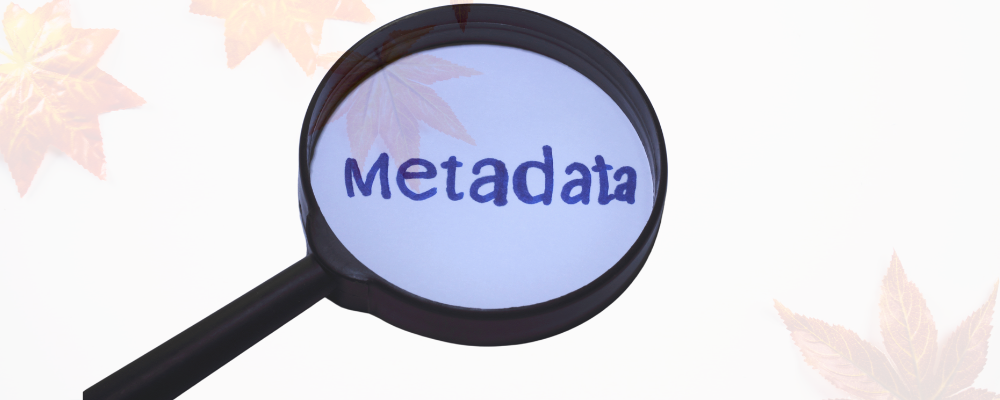Jessie Bach is the Bibliographic Services Manager at Marigold Library System in Strathmore, Alberta, where she oversees the purchasing, cataloguing, and processing of library material for 36 libraries. Before entering the public library world, she worked in a number of environments including public and academic archives, special collections, and records management. Her hobbies include reading, listening to true crime podcasts, and (in true librarian fashion) hanging out with her four adorable cats. Jessie will be at Tech Forum participating on a panel called Data-Driven Collections & Patron Management: The New Library Science.
Marigold Library System provides centralized acquisitions and collection development services to 37 library boards in municipalities across south-central Alberta. Marigold member library boards are in communities spanning from the British Columbia border in the west, to the Saskatchewan border in the east, and everywhere in between.
Because the area served is so diverse, both geographically and demographically, Marigold librarians must consider local needs, interests, and trends when selecting material for each individual location — there can’t be a one-size-fits-all acquisitions strategy.
So, how to provide centralized collection development, while maintaining locally relevant collections? Here are five strategies that help us pull it off:
1.Get to know the library.
This is all about building relationships! Professional consulting librarians employed by Marigold work closely with staff at each member library to gain an understanding of the needs and interests in that community. For example, the public library in Oyen, Alberta is located in a high school, so they see heavier circulation on teen material than say, political thrillers. At the library in Exshaw, Alberta, which is nestled near Canmore in the Rockies, hiking guides and books about mountaineering are perennially popular. Collection needs may also be identified at a library through regular maintenance, like weeding. For example, is the technology section old and dated? That subject can be prioritized for new material in the coming seasons. Through research, consultation, and trial-and-error, a collections profile is built for each location.
2. Select material pre-publication.
Marigold selectors place their orders for new material as far in advance as possible, relying heavily on data from publishers and vendors to make many of these decisions. This includes factors like print run, early or expected media hype, and recommendations from publisher reps. When an order is placed for a title that may not come out for months yet, Marigold cataloguers create what is referred to as a “short bib” or on-order record in the catalogue. This allows the book to be searched for and viewed by patrons, who can then place holds on the pre-pub title. As interest or hype builds for a book, the number of holds will begin to increase. If a whole bunch of holds come from patrons at a particular library, the selector may choose to place an additional copy at that location. This leads us to…
3. Watch the holds queues and patron requests.
Holds provide us with a wealth of information about what books are in-demand and where. Staff at Marigold monitor the holds queues closely and make regular collection development decisions based on them. To keep wait times short for patrons, extra copies will be purchased for any title with a holds ratio of 10 holds to one item or greater (as the budget allows, of course). Every effort is made to place additional copies in locations that have the most patron holds. If an item isn’t available in the catalogue, patrons may also submit requests directly to the staff at their libraries, who will in turn request that the item be purchased. Patron requests can often alert to an area of the collection that may need bolstering.
4. Use our own data to study the historical circulation trends.
Marigold uses the Polaris Integrated Library System (ILS). Polaris, when mined with external tools like SimplyReports and Collection HQ, gives us an abundance of historical circulation data to use when selecting new material. Before selecting a title for a library, the librarian may check which location has circulated that author’s last few books the most. We may also see that while a library owns quite a few titles on a subject, they haven’t circulated in some time. In that case, further research may be needed to determine if the collection is “read out” so to speak, or if the interest just isn’t there.
5. Lastly, some of it is pretty obvious!
You know the stuff — Nora Roberts, James Patterson, the latest book in the Dork Diaries series, or the next Donald Trump tell-all. We know without any digging that these are going to be popular across the board, and the biggest challenge isn’t deciding which library will use them most, but making sure enough copies are purchased to satisfy overall demand. For authors and series like this, a copy will be purchased for every Marigold library, and some may also choose to add additional copies.
Despite these tools, it’s not always feasible to acquire all the new and hot titles for every Marigold library — this is where resource-sharing comes in. Marigold and our consortia partners share items seamlessly between over 170 libraries. Each member library’s patrons have access to nearly three million library items, beyond what’s on the shelves at the local library!
To learn more about Marigold Library System and the myriad services that we provide, check out our website at www.marigold.ab.ca.
If you'd like to hear more from Jessie Bach about library data and collection management, register for Tech Forum on March 20, 2019 in Toronto. You can find more details about the conference here, or sign up for the mailing list to get all of the conference updates.















5 questions with Sarah Vasu from Caitlin Press.